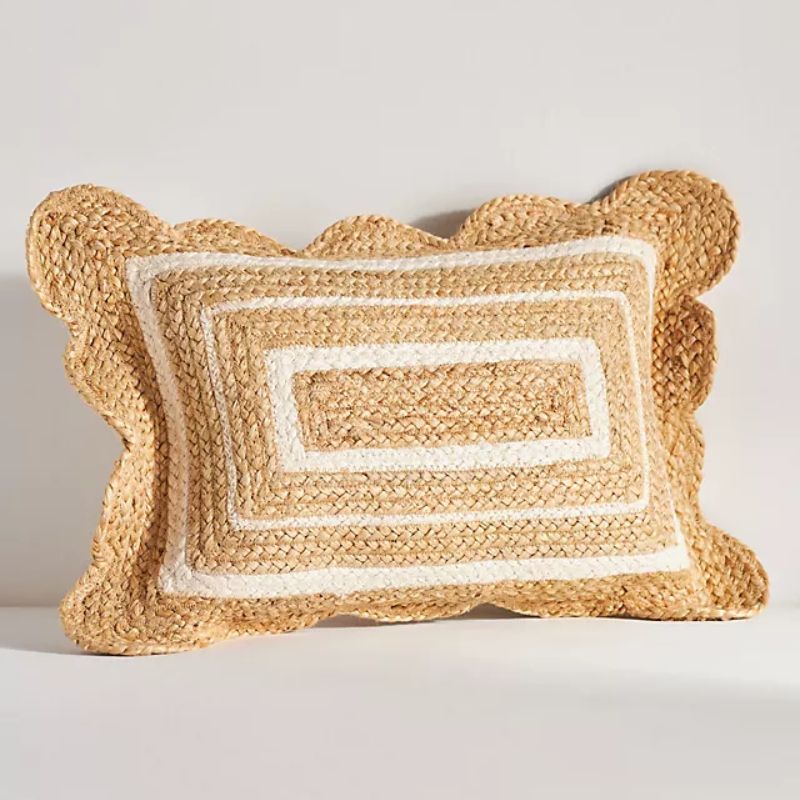What is Bohemian style? Interior designers explain how to create this laid-back, eclectic look
Create a casual and personality-led interior scheme with the core principles of Bohemian style

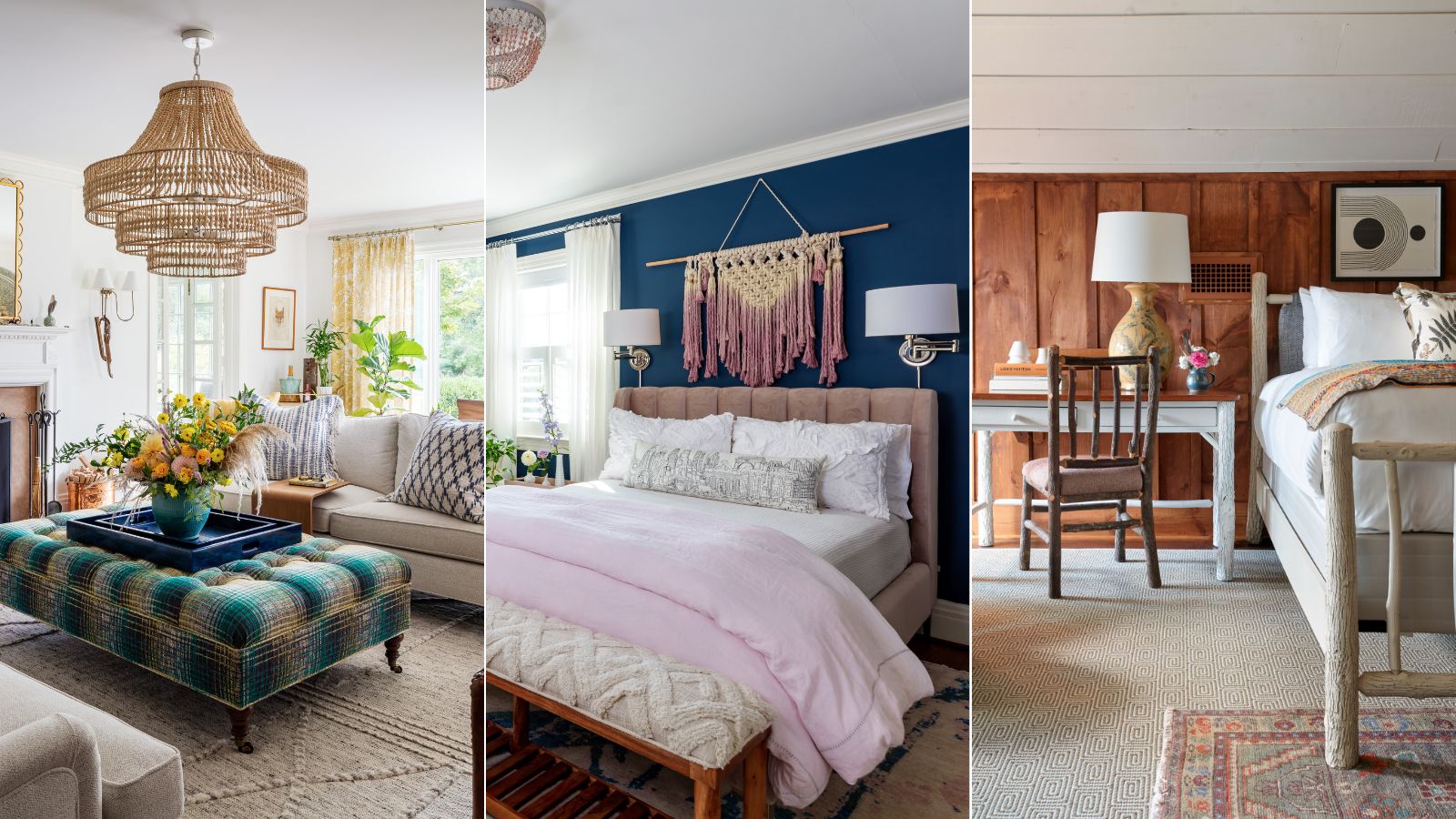
Turning to a bohemian style of decorating feels incredibly fitting for 2024. This design style is all about creating eclectic and personality-led spaces, aligning with this year's most favored interior trends.
While bohemian interior style is nothing new, it's fair to say it's having somewhat of a resurgence, and for good reason. When done tastefully, bohemian interiors can be an incredibly effective way of creating soul-filled spaces that feel dynamic and layered.
But what exactly is bohemian style, and how can you create this aesthetic in your home? We spoke to interior designers who share below the fundamentals of this laid-back interior design style, as well as ideas for creating the look in your own home. If you're a fan of colorful and maximalist spaces, read on.
What is Bohemian style?
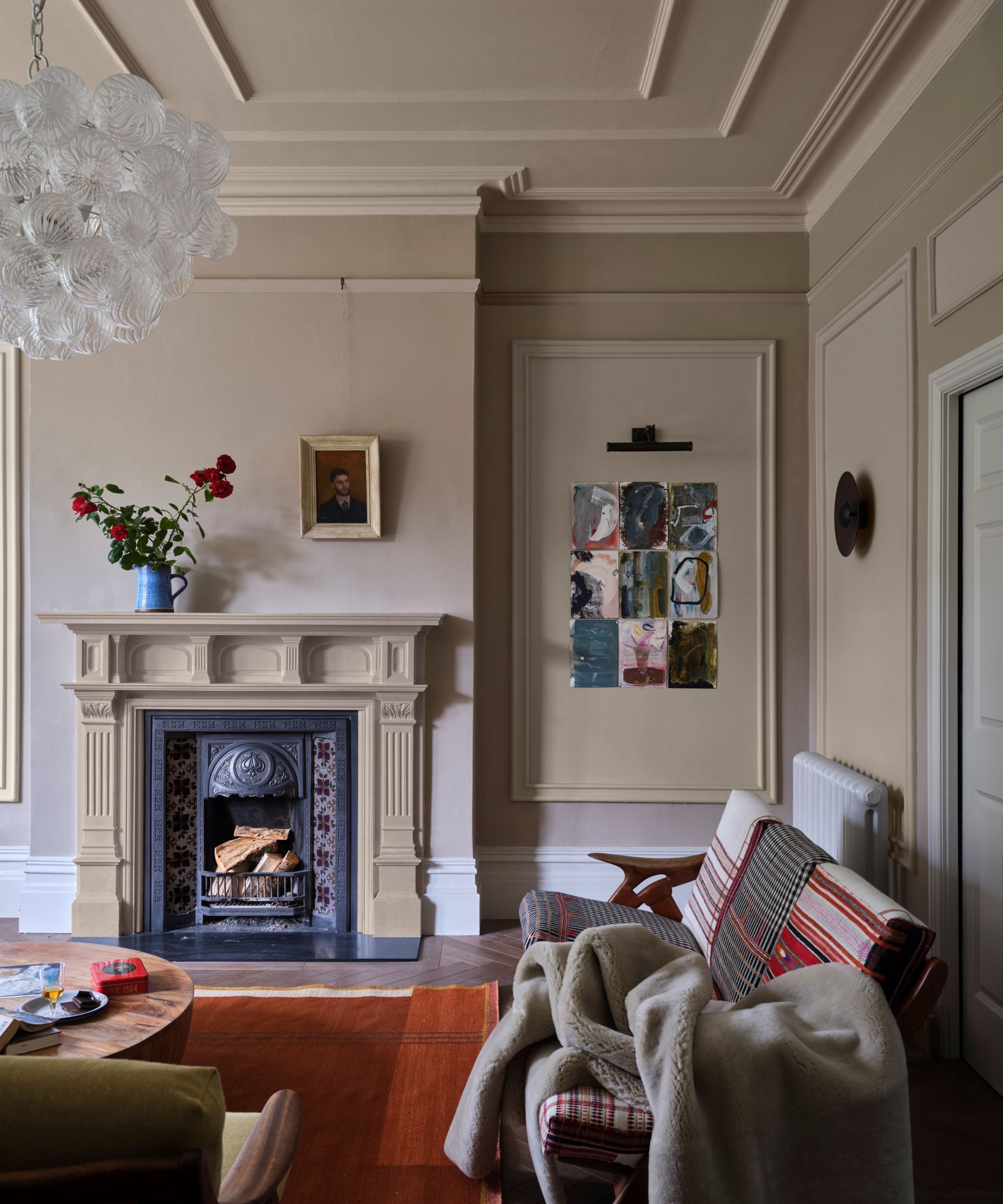
'Bohemian design can take many forms from boho-beach to European-boho to a more 70s-inspired Laurel Canyon-boho,' explains interior designer Kathy Kuo. 'It's a style that can be hard to define, but at its heart, bohemian design is less formal and more eclectic. There's a looseness and an emphasis on color, art, and decor that tells a story, and plenty of comfort and room for gathering.'
A bohemian style of decorating can also be seen as the opposite of minimal and modern interior design, placing focus instead on welcoming characterful decor and layered furnishings. 'The main characteristic of this aesthetic is that it is quite the opposite of minimal, modern, decor,' agrees interior designer Jessica Cinnamon Design.
Bohemian-style interiors also incorporate natural elements, which gives them an earthy and organic look. Interior designer Betsy Wetnz explains: 'The main characteristics of Bohemian design are rooted in natural elements, including texture, and tend to incorporate lots of natural plants and pops of color. Layer in decor elements that include natural fibers such as rope or raffia and try to include a mix of new and vintage pieces.'
Rather than sticking to one very specific color palette which can be essential with other decorating styles, Bohemian style welcomes an experimental approach to its colors – as well as pattern – to enhance its core eclectic feel.
Design expertise in your inbox – from inspiring decorating ideas and beautiful celebrity homes to practical gardening advice and shopping round-ups.
Designer Sasha Bikoff, part of The New York Design Center Access to Design program adds: 'Bohemian interiors are characterized by a sense of freedom when it comes to pattern, color, and texture.'
This same approach is reflected in the style of furnishings, too. It's less about having everything in one style and more about embracing unique items and objects that tell a story: 'The furnishings are whimsical, adventurous, and worldly,' adds Sasha.
How to create a Bohemian interior scheme
Below, we've shared five of the core bohemian design principles to follow throughout your home decor ideas, as suggested by designers.
1. Decorate with pattern
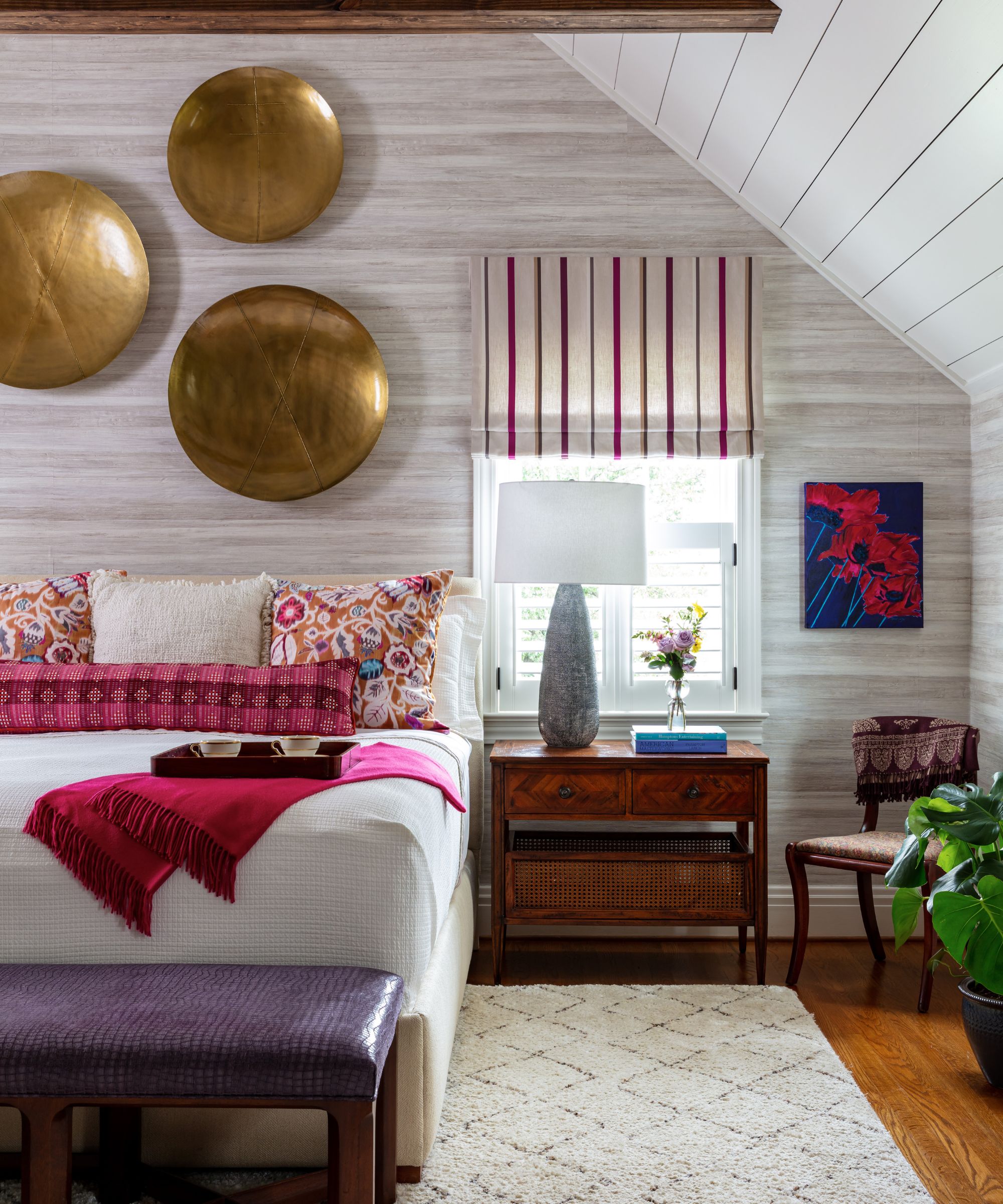
Decorating with patterns is almost always seen in Bohemian-style interiors. Whether that's through wallpaper ideas or accent pillows, patterns create an eclectic base for the rest of the scheme.
'This is our number one tip for creating a Bohemian look,' says designer Christine Carney, Director of Design at Blackberry Farm Design. 'Both patterns that match and patterns that don’t match; both contrasting and complimentary colors and textures.'
Whether you're drawn to floral patterns or a more modern geometric pattern, decorate with whatever pattern aligns most with your interior taste. 'Feel free to mix plenty of patterns and textures that would not necessarily go together conventionally,' suggests Jessica Cinnamon. 'For pillows, you can use tie-dyed ikat fabrics.'
2. Incorporate natural elements

Bringing the outdoors into your Bohemian-style interior scheme is an important part of mastering the aesthetic. From incorporating natural textures such as rattan, to adding greenery through houseplants, there are lots of ways to bring nature into your home.
'I always add a touch of nature to my designs, which helps to achieve the Bohemian style,' explains designer Dara Segbefia of The Zen Experience. 'I love adding natural materials like wood, rattan, and jute, which brings an organic and grounding element to the space and enhances its laid-back and relaxed vibe. And of course lots of plants!'
3. Embrace an earthy but experimental color palette

As mentioned above, there are no strict rules when deciding on the best colors for a Bohemian interior scheme. However, referencing earth tones can provide a fitting base for your room color ideas, with bolder hues adding interest to the space in the form of accent colors.
'Lean towards deep browns, greens, and grays for base colors, and then accessorize with deep purple, greens, and orange,' suggests Jessica Cinnamon.
When it comes to the best wall colors, you can afford to keep them very simple with a color like white, which will ensure once all of your more experimental decor and accent colors are added, the result isn't jarring.
'White walls are perfect as the background that will lend to showcasing the richer tones and give quiet among all the movement happening in the space,' continues Jessica.
4. Welcome an eclectic mix of furnishings
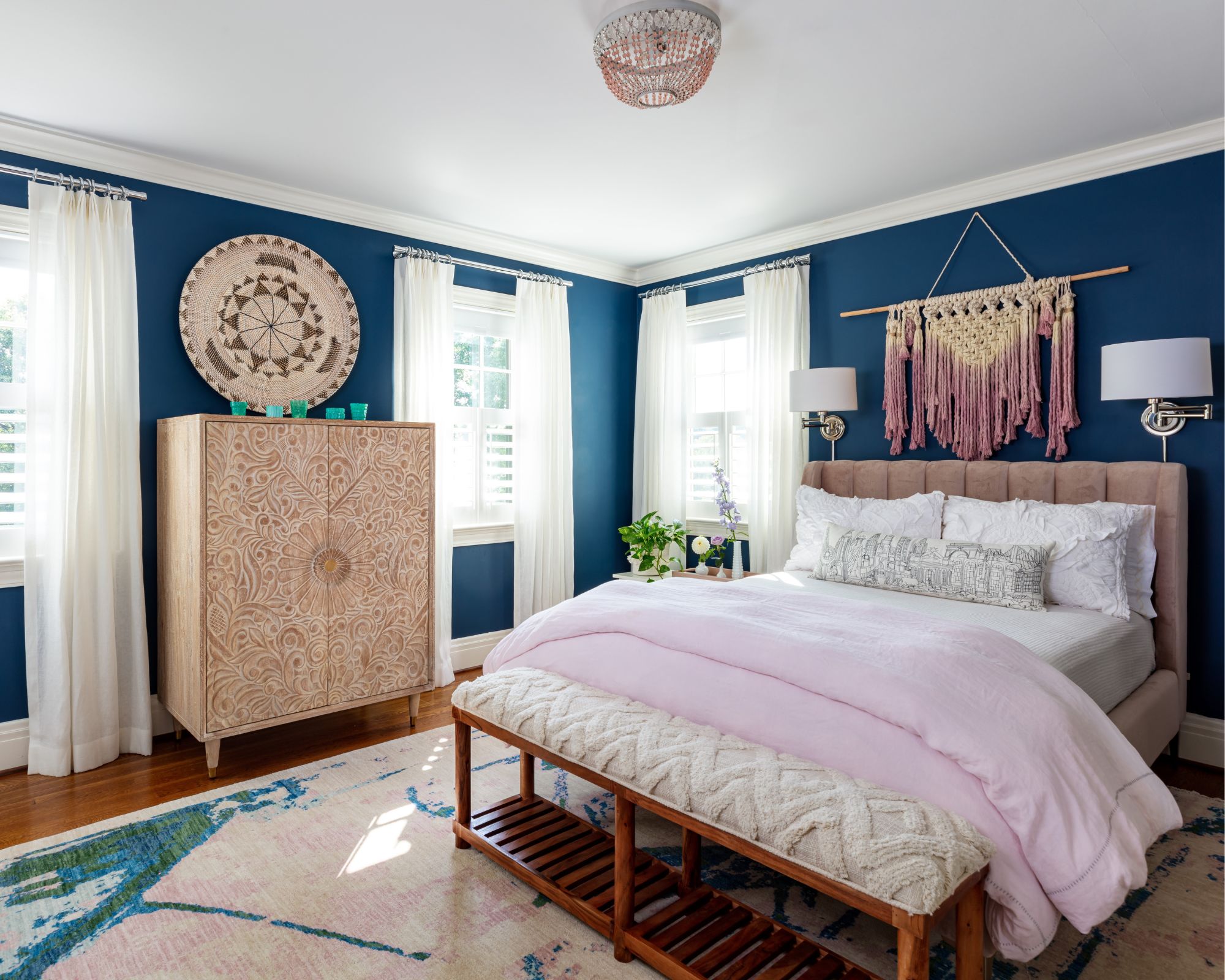
Much like the approach to decorating with color in a Bohemian scheme, there are no strict rules when choosing the right furnishings for your space. Rather, embrace an eclectic approach by mixing varying styles of furniture to add to the charm. Decorating with vintage is one of the easiest and most effective ways to do this.
'There is often an emphasis on craft and artisan-made products,' adds Sasha Bikoff. 'The best way to achieve this look is to collect goods from your travels and design with no rules or boundaries.'
When it comes to smaller decorative items, see this as an opportunity to layer items that reflect personality, whether that's by decorating with art or styling meaningful objects.
'I love to add boho elements to a home by mixing prints, experimenting with unexpected pops of color, and mixing and matching different styles of art,' adds Kathy Kuo.
5. Layer cozy textiles

To ensure your Bohemian-style room feels warm and welcoming, layering plenty of cozy textiles is recommended by designers. This can be achieved through rugs as well as smaller soft furnishings such as accent cushions and throws.
Sarah Henry, Creative Director at La Manufacture Cogolin explains the importance of using textiles to add layers to a bohemian scheme: 'Both fabric and rugs are critical to creating these layers, often with detailed patterns. A mix of authentic objects purchased at flea markets, from antique dealers, and souvenirs from travel complete the look. Nothing should feel “new” or “perfect”.'
Bohemian style is a great way to create a casual and eclectic look throughout your home. From decorating with patterns to incorporating natural materials, these decorating ideas will soon capture the laid-back charm of this style, in any room.
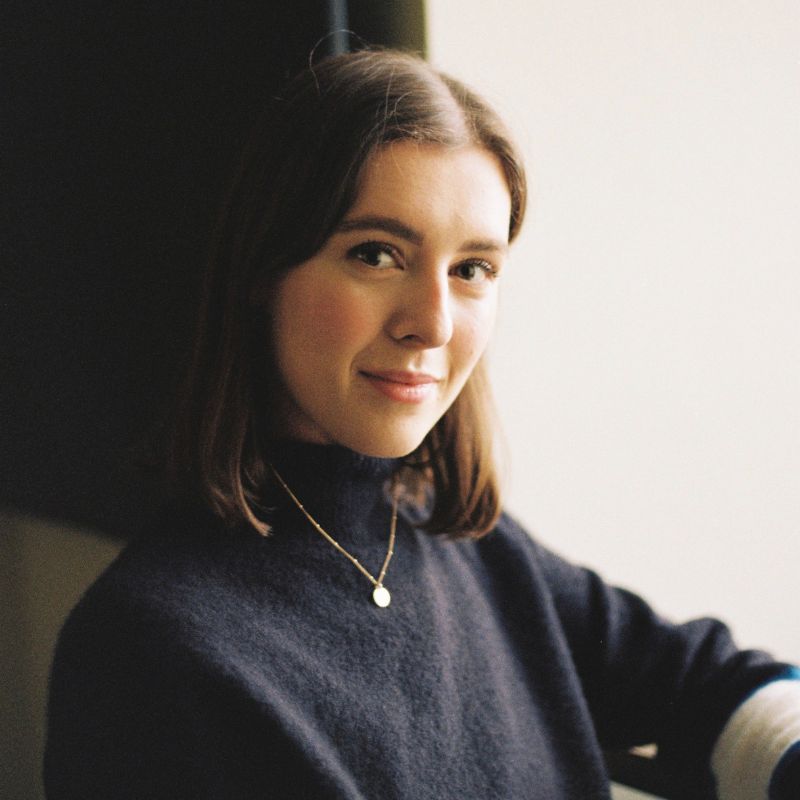
Emily is a freelance interior design writer based in Scotland. Prior to going freelance in the spring of 2025, Emily was Homes & Gardens’ Paint & Color Editor, covering all things color across interiors and home decor for the Homes & Gardens website. Having gained specific expertise in this area, Emily is well-versed in writing about the latest color trends and is passionate about helping homeowners understand the importance of color psychology in home design. Her own interior design style reflects the simplicity of mid-century design and she loves sourcing vintage furniture finds for her tenement flat.

